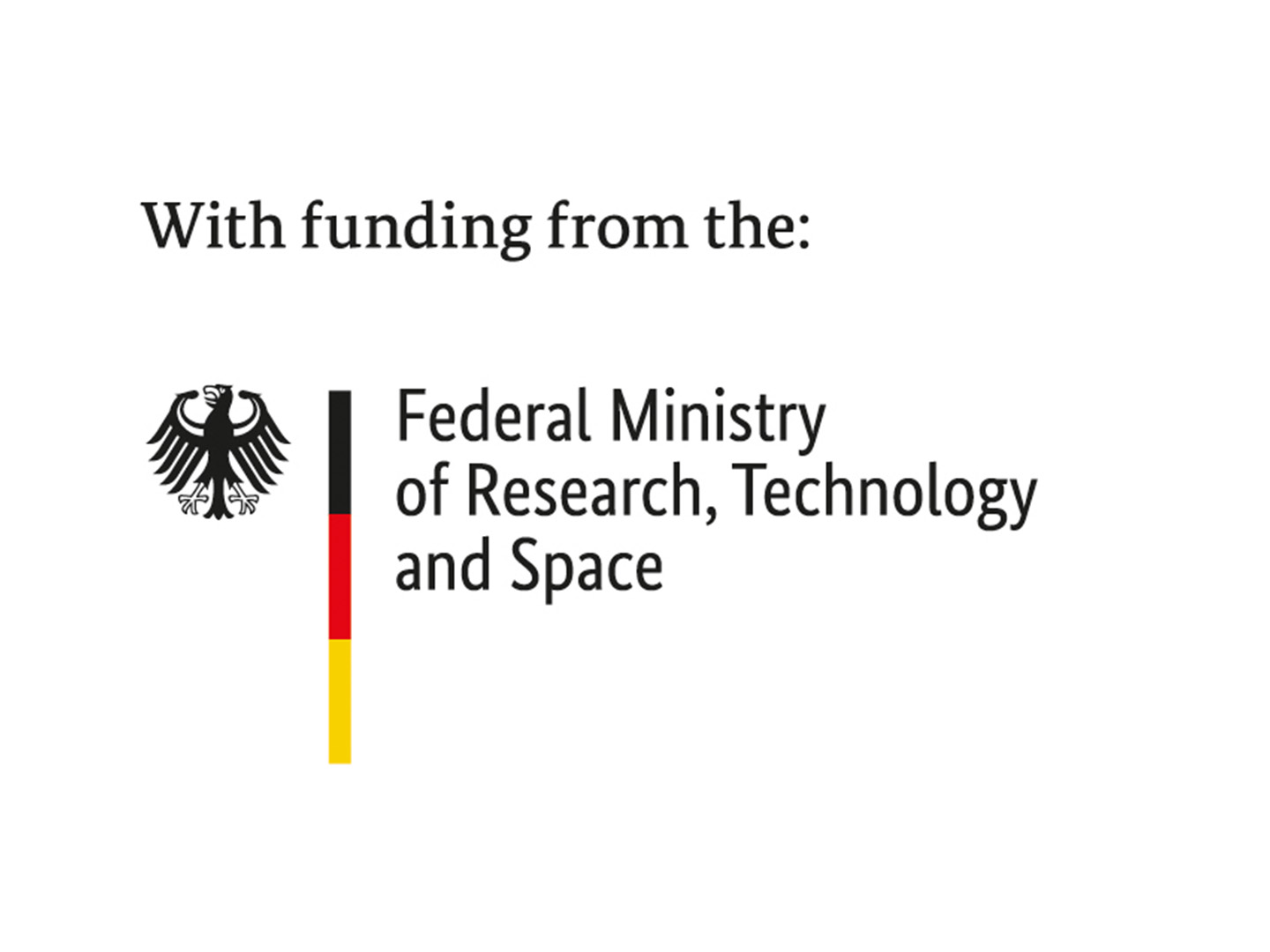Project aims
Bipolar plates with carbon or metal-filled polymer compounds are in demand for applications in electrochemical reactors. In the project "PolyFoleR", a systematic investigation of different input materials of bipolar plates from the powder-to-roll manufacturing process patented by Fraunhofer UMSICHT is carried out. The main objective is to derive effective relationships between materials, processing and properties in order to enable rapid adaptation to changed requirement profiles. A particular focus is on increasing the mechanical stability of thin-walled polymer compounds. In this context, the introduction of fiber fillers as well as electron beam treatment are investigated as possible solutions. The developed materials will be extensively characterized and finally tested in single-cell experimental setups close to the application. Water electrolysis and PEM fuel cells serve as example applications.
The broad material screening and the development of a material library are also intended to create the basis for prospectively opening up the broad field of hydrogen technologies and other fields of application (e.g. electrochemical compressors, hydrogenation reactors, electrosynthesis cells or electrodialysis cells).
 Fraunhofer Institute for Environmental, Safety and Energy Technology UMSICHT
Fraunhofer Institute for Environmental, Safety and Energy Technology UMSICHT